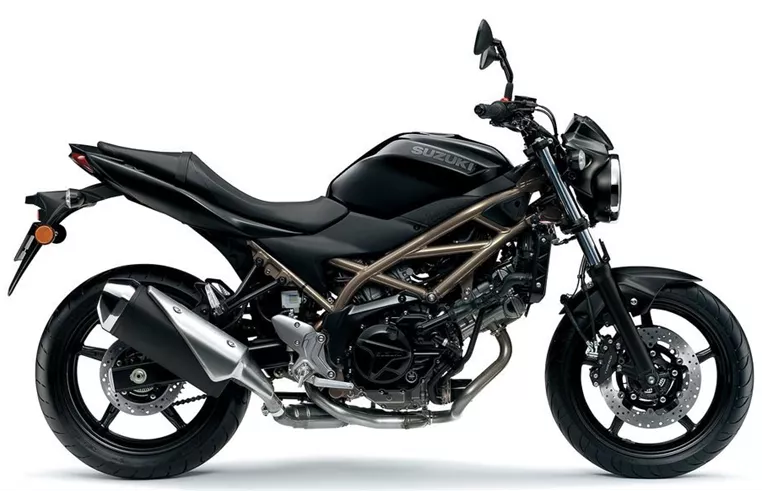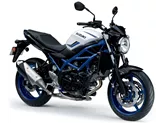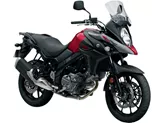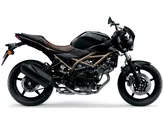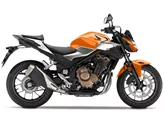Suzuki SV650X 2018 vs. Suzuki SV 650 2021

Suzuki SV650X 2018
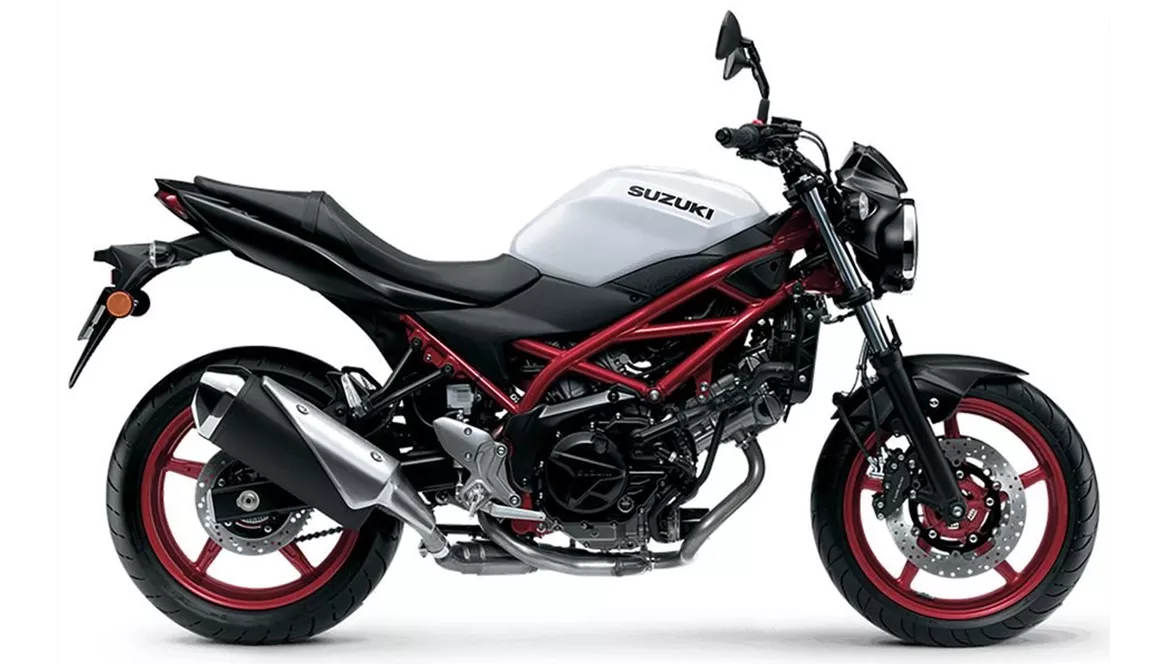
Suzuki SV 650 2021
Overview - Suzuki SV650X 2018 vs Suzuki SV 650 2021
The Suzuki SV650X model year 2018 and the Suzuki SV 650 model year 2021 share many similarities in terms of their technical specifications. Both models have a V2 engine with a displacement of 645ccm and a liquid cooling system. They also have the same torque output of 64 Nm and fuel injection systems.
In terms of engine power, the SV650X 2018 has a slight advantage with 76 HP compared to the SV 650 2021's 73 HP. However, this difference is minimal and may not be noticeable in real-world riding conditions.
Both models feature a telescopic fork front suspension and a swing arm rear suspension with a monoshock absorber. The materials used for the rear suspension are also the same, with steel being the primary material. The chassis of both models is made of steel and has a tubular frame type.
When it comes to braking systems, both models have double disc brakes at the front with a diameter of 290mm. However, the SV 650 2021 has an advantage with four-piston calipers compared to the double piston calipers on the SV650X 2018. This difference may result in improved braking performance and feel on the newer model.

Suzuki SV650X 2018
Both models are equipped with ABS as part of their advanced rider assistance systems. This feature provides added safety and helps prevent wheel lock-up during braking.
In terms of dimensions and weights, both models have the same front and rear tire widths and diameters. They also share the same wheelbase and seat height. However, there are slight differences in the kerb weight and fuel tank capacity. The SV 650 2021 is slightly heavier at 200 kg compared to the SV650X 2018's 197 kg. The newer model also has a larger fuel tank capacity of 14.5 liters compared to the 13.8 liters on the older model.
Moving on to the strengths of each model, the SV650X 2018 is praised for its agile and lively V2 engine, easy handling, and pleasant seating position with a low saddle height. It is also noted for its successful gear graduation and low weight, which contributes to its overall performance.
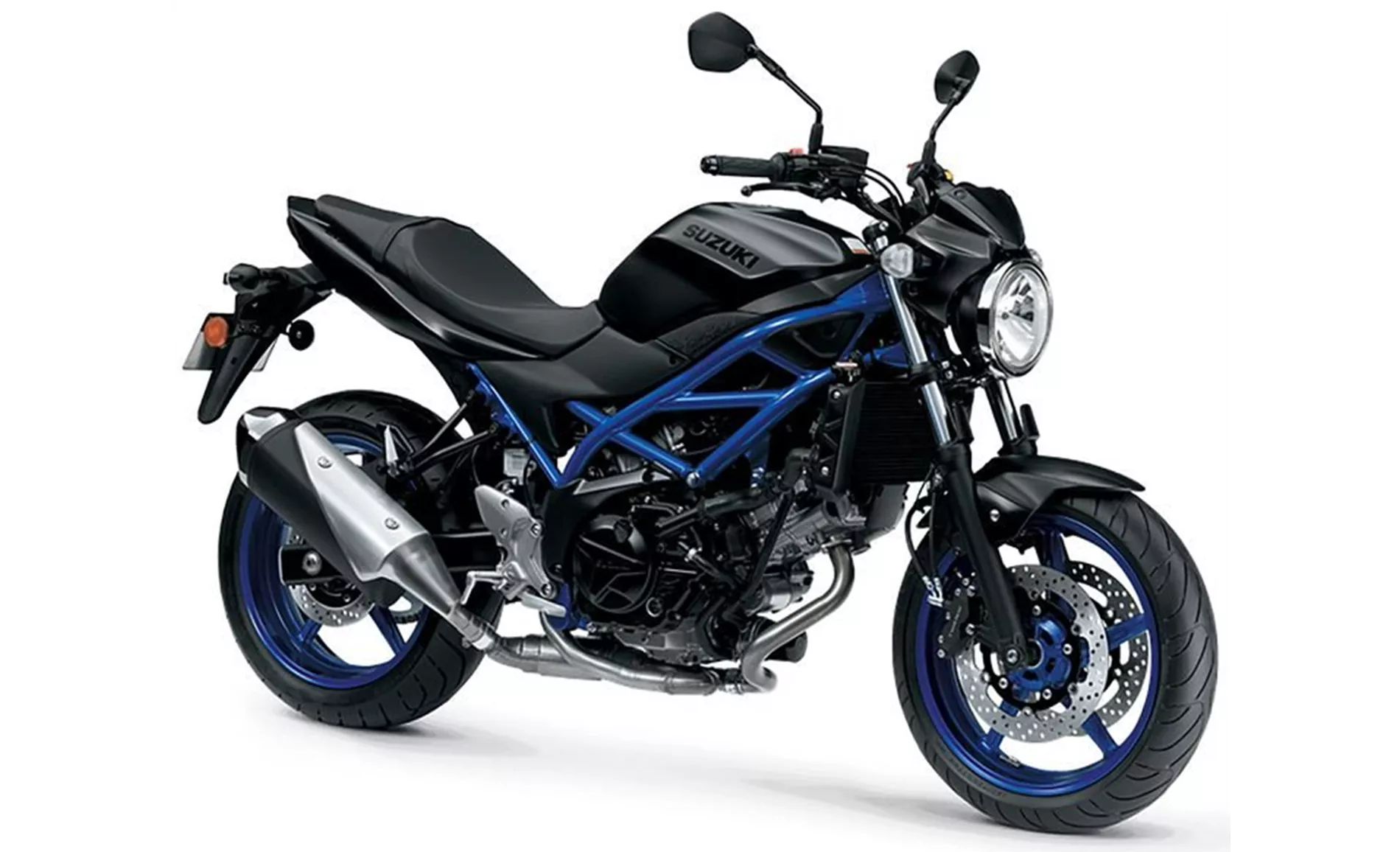
Suzuki SV 650 2021
On the other hand, the SV 650 2021 is commended for its confident V2 powerplant with character, stable chassis, and comfortable seating position. It is also praised for its easy handling and timeless look, which appeals to riders who appreciate classic design aesthetics.
In terms of weaknesses, the SV650X 2018 is criticized for its inconspicuous appearance and exhaust look. The telescopic fork is also deemed too soft, which may affect the bike's handling and stability. Additionally, the absence of an anti-hopping clutch is noted as a drawback.
The SV 650 2021, on the other hand, is mentioned to have a brake that requires manual force, lacking electronics apart from ABS. The instruments are also described as moderately readable, which may affect the rider's ability to quickly and easily read important information while riding.
Overall, both the Suzuki SV650X 2018 and the Suzuki SV 650 2021 are capable naked bikes with similar technical specifications. The choice between the two models may come down to personal preferences in terms of design, handling characteristics, and the importance of certain features such as improved braking performance or electronic aids.
Technical Specifications Suzuki SV650X 2018 compared to Suzuki SV 650 2021
Pros and Cons in comparison
Pros and Cons in comparison
Suzuki SV650X 2018

Retro is trendy, retro is cool. The people at Suzuki have also recognised this, and although they are not launching many new products for 2018, they are launching a really cool one - the SV650X. Not much had to be changed to place it in the ranks of modern cafe racers: Headlight fairing, paintwork, side panels, saddle and low handlebar ends are enough for the great result. Above all, the front-wheel-oriented seating position suits it well, but does not make it significantly more uncomfortable. The suspension can only be adjusted at the rear, but the lively engine is a blast and the price is right.
Suzuki SV 650 2021
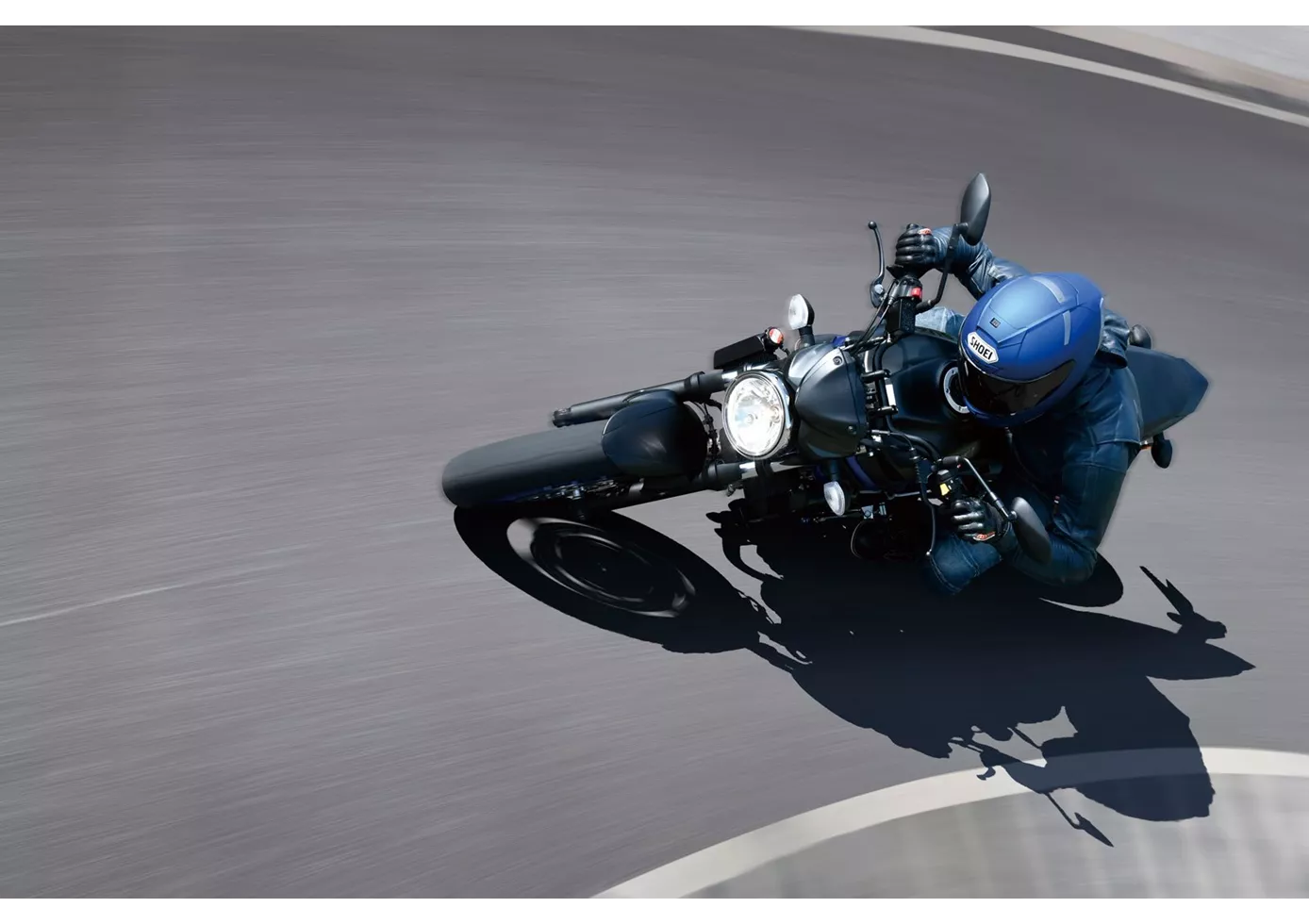
Not much has changed on the Suzuki SV 650 compared to its predecessor, five years ago. The engine has been updated to Euro5 and is now even more mature, which fits in perfectly with the rest of the package. The SV 650 doesn't want to scare anyone, especially beginners. The chassis makes a solid, unagitated impression, the brakes require a lot of manual force to prevent unexpected overbraking. The look is timeless on the one hand, but on the other hand some components are really a bit outdated. On the other hand, the price is fair, as usual for Suzuki.
Price Comparison Avarage Market Price Suzuki SV650X vs Suzuki SV 650
There are a few key differences between a Suzuki SV650X 2018 and a Suzuki SV 650 2021. It takes less time to sell a Suzuki SV 650 with 111 days compared to 178 days for the Suzuki SV650X. Since model year 2018 1000PS.de editors have written 5 reviews for the Suzuki SV650X and 25 reviews for the Suzuki SV 650 since model year 2005. The first review for the Suzuki SV650X was published on 07/11/2017 and now has more than 36,800 views. This compares to more than 14,200 views for the first review on Suzuki SV 650 published on 26/09/2008.

